Step Into the Past on Bureau Corner
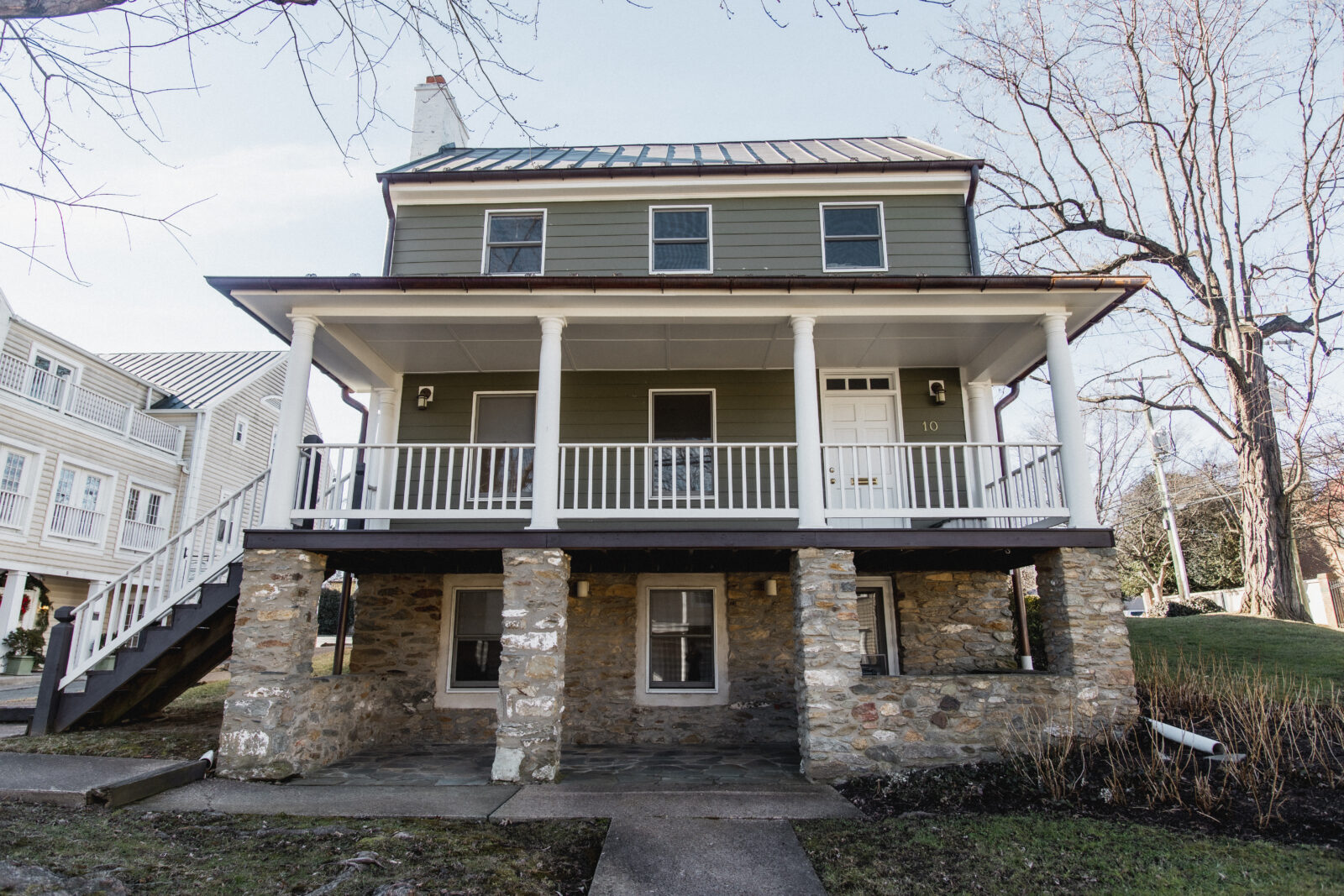
Written by Diane Helentjaris / Photos by Lindsay Hogeboom
The intersection of North Jay and Marshall Street in Middleburg appears like many other small-town crossroads — an old house, an office, nearby churches. But this intersection was once known as Bureau Corner.
One swoop of a panoramic camera can capture Asbury Methodist Church, the old Marshall Street Community Center, and Shiloh Baptist Church. With a pivot, 10 North Jay Street pops up. In the aftermath of the Civil War, this building housed the Freedmen’s Bureau Office, the origin for the neighborhood’s nickname, “Bureau Corner.” The house, one of the oldest in town, includes a 1790 log structure with an 1840s addition.

The Freedmen’s Bureau was created in 1865 by the federal government as a tool for recovery from the Civil War. Assistance in education, clothing, food, and legal matters to newly emancipated African Americans was a major focus. In 1872, Congress dismantled the Freedmen’s Bureau.
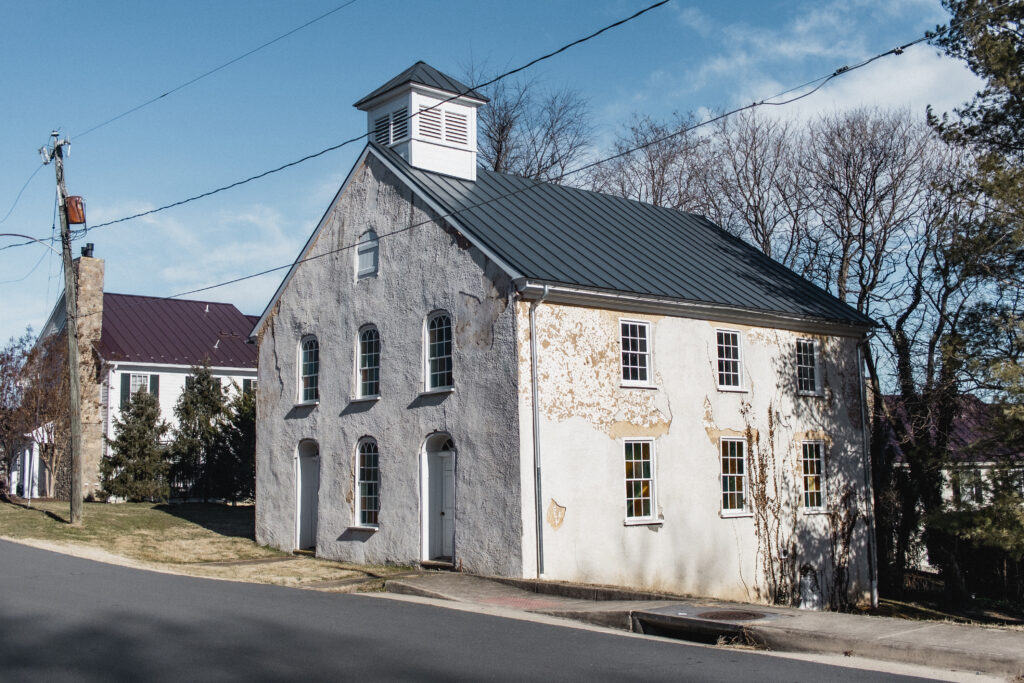
Asbury Methodist Church, built in 1829, is the oldest church building still standing and the first African American church in Middleburg. Initially, the congregation included African American and white members, but ruptured in the 1850s over slavery. The majority of the white church members left. During the Civil War, Asbury Methodist Church served as a storage depot, a hospital, and a morgue. In 1864, the church was turned over to the African American Methodist Episcopal congregation. After the Civil War, the gallery was used as a school and dining facility. This ceased with an 1888 renovation to enlarge the sanctuary. In the 1990s, the congregation left to join with a Willisville church. The building has been vacant since 1995. Plans are now underway for the town of Middleburg to take responsibility for renovating the old church.
Phyllis Cook-Taylor, a fourth-generation native of Middleburg, readily recalls attending Asbury before it closed. Today she volunteers as part of an effort forming a 501(c)(3) on behalf of its preservation. Active in local history and preservation efforts, she believes “The first aspect of preservation is recognition. All involved parties must see the value of what is to be preserved and invest in the incorporation of said value to the town. The restoration of Asbury Church will assure Bureau Corner’s important place in the historic overlay.”
Shiloh Baptist Church, built in 1913, has been recognized by the Virginia Department of Historic Resources and the National Register of Historic Places. The nomination for national recognition remarks on its architecture and its role in “the history of African Americans living in Middleburg, Virginia, during the tumultuous years of Jim Crow segregation and the Civil Rights era … [as well as] the freed African American community who built and supported the church and congregation.” The building, created by master stonemason and church member Nathan Nathaniel Hall, has been described as “a vernacular adaptation of Late Gothic Revival.”
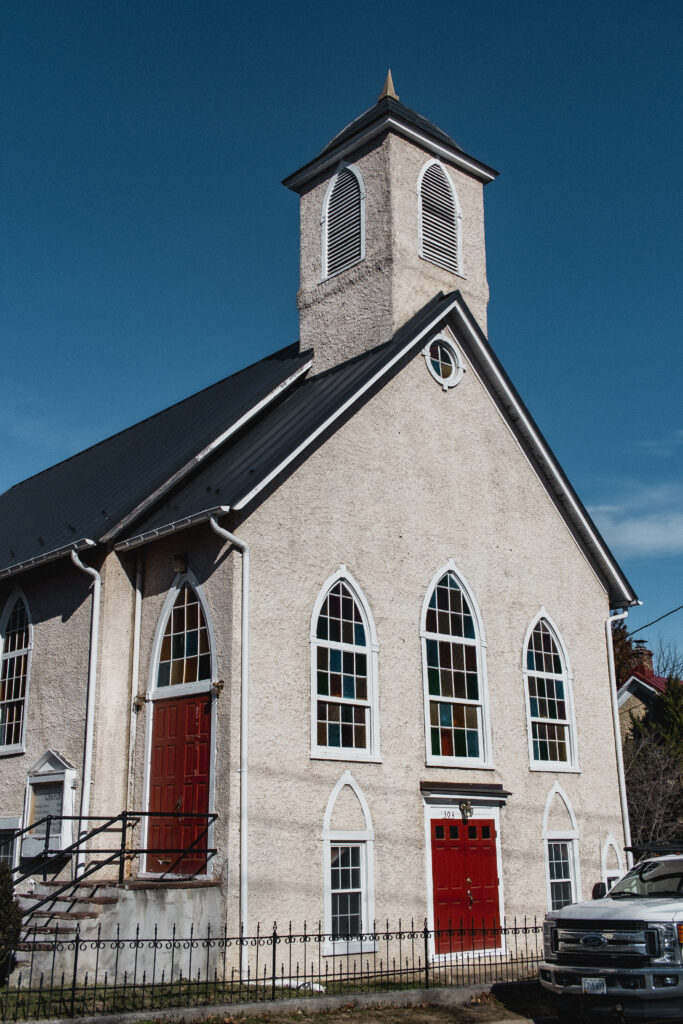
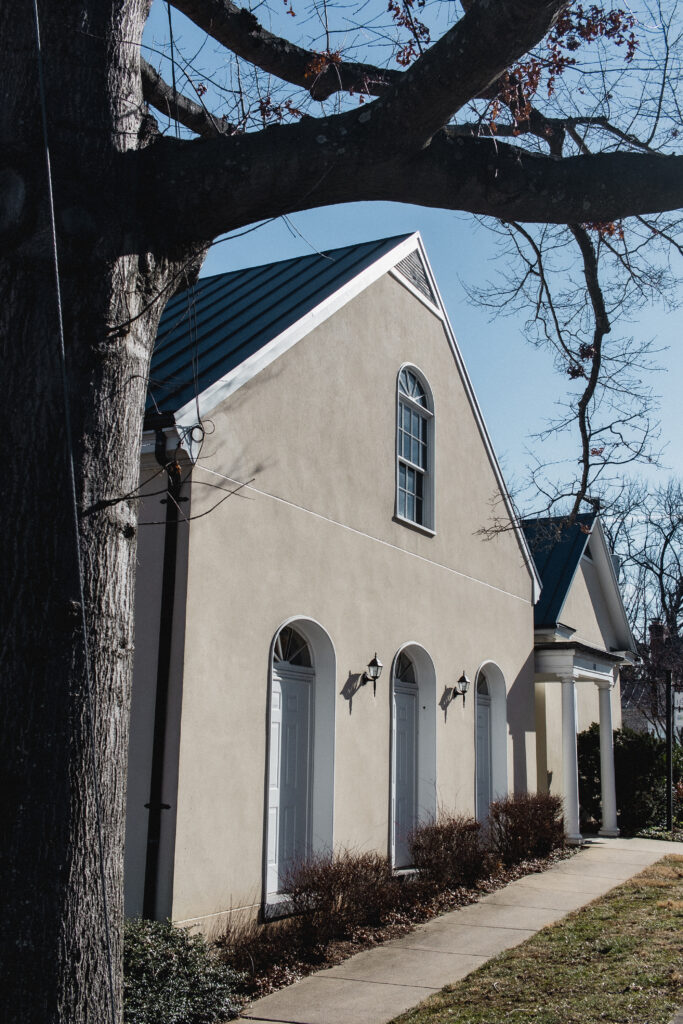
Middleburg resident James Smith, 86, recalls attending Grant School at Bureau Corner, as well as the potbelly stove which heated it. Education was segregated. Built in 1888, the two-room structure closed in 1948 when Banneker Elementary opened. The old school was incorporated into the Marshall Street Community Center. Architect William B. Dew used Asbury Methodist Church as inspiration for the design of both the Marshall Street Community Center, which was built to serve African American residents, and the Middleburg Community Center, originally built for the white community. Smith correctly remembers that the Marshall Street Community Center incorporated the old Grant School space. The schoolhouse’s “ghost” is still seen in the southern portion of the building.
In 1961, Smith would play a pivotal role in the desegregation of the town of Middleburg, by staging peaceful sit-ins at local establishments. On April 8, Smith along with Reverend William Swann, Clarence Grayson, and Roger Dodson went to the New York Café (the original name of the Coach Stop). They ordered “something small — like ice cream or a Coke — just to say we were served.” They were served, and next went to an eating establishment across from where the Safeway is now, and then, lastly, the Middleburg Pharmacy lunch counter. At each place, they were served. James recalls, “It felt a little scary but had to be done. … Someone had to do it.” He says there was no retaliation.
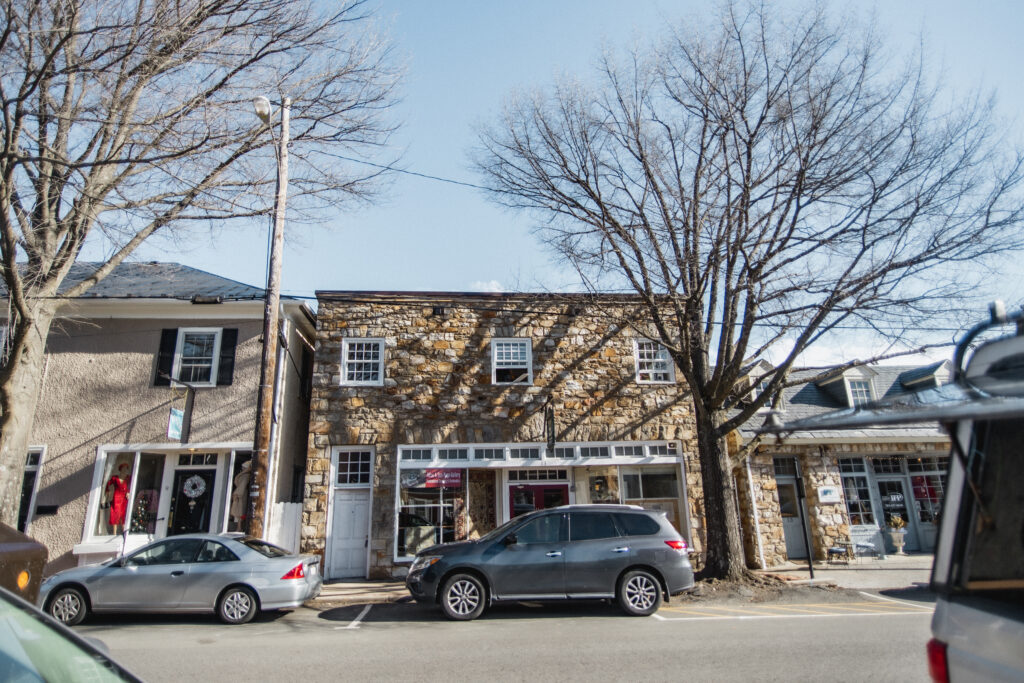
Up past the Sporting Library, a narrow lane leads to Solon Cemetery, organized in 1883. This African American burial ground is set in steeply rolling terrain. Just to the south, an old ice pond collects any run-off. Canada geese float on its smooth surface. Dotting the hills above the pond are the resting places of many who once sat in the pews at Shiloh and Asbury, danced at Marshall Street, and learned their ABCs at Grant. Solon Cemetery offers a place for quiet reflection on the important people and places of Middleburg’s past.
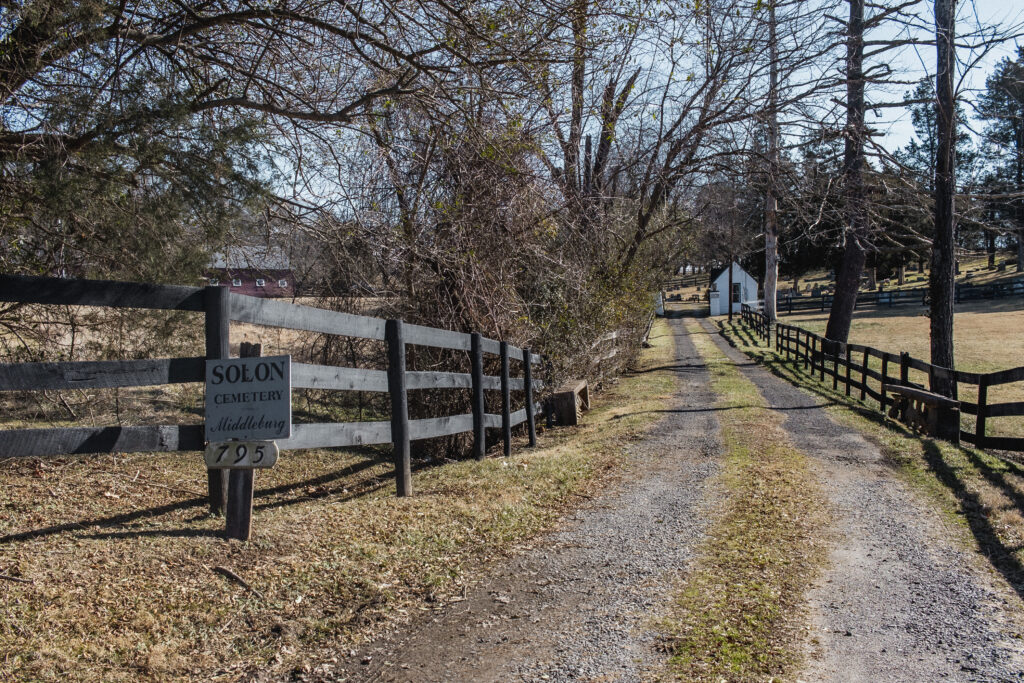
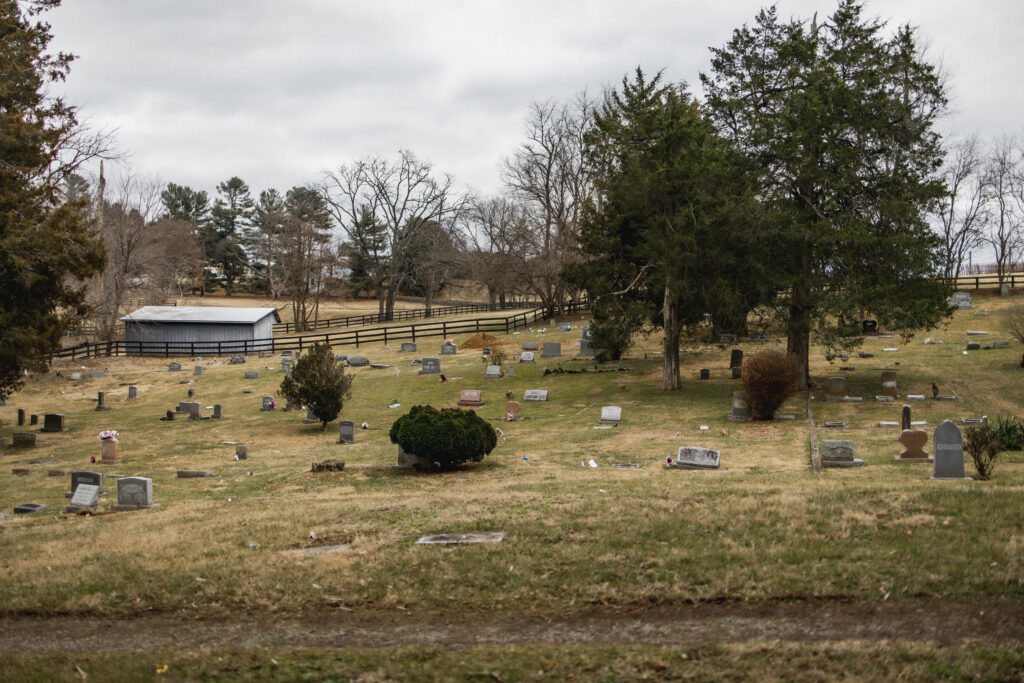
Smith and Swann share more details of their April 8 experience with Middleburg Life contributor Heidi Baumstark in her online exclusive: “Two Men Take a Stand, By Taking a Seat: The Desegregation of Middleburg.” Find the article and more stories celebrating Black History Month at middleburglife.com. ML
Note: The majority of the historic sites mentioned are privately owned.
Here are resources to learn more:
Afro-American Historical Association of Fauquier County
4243 Loudoun Avenue
The Plains, Virginia 20198
540-253-7488
aahafauquier.org
Friends of Thomas Balch Library
Black History Committe
540-579-2825
balchfriends.org
The Loudoun County Visitor Information Center
112 South Street Southeast, Suite 200
Leesburg, Virginia 20175
703-771-2170
visitloudoun.org
The Pink Box
12 North Madison Street
Middleburg, Virginia 20117
540-687-8888
themiddleburgmuseum.org
Thomas Balch Library
208 West Market Street
Leesburg, Virginia 20176
703-737-7195
leesburgva.gov
Published in the February 2023 issue of Middleburg Life.


